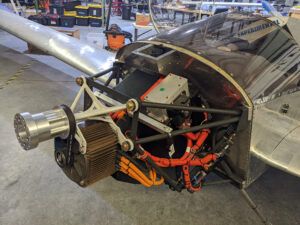 One of the most common questions I received in the nearly seven years I was Editor in Chief here at Kitplanes was “why don’t you ever cover electric aircraft?” The answer we always gave was something like “well, when there is an aircraft that can be built by the average amateur builder that can carry more than one small person and accomplish a mission that is more than just once around the patch, we’ll write about it!”
One of the most common questions I received in the nearly seven years I was Editor in Chief here at Kitplanes was “why don’t you ever cover electric aircraft?” The answer we always gave was something like “well, when there is an aircraft that can be built by the average amateur builder that can carry more than one small person and accomplish a mission that is more than just once around the patch, we’ll write about it!”
Well folks, the time is here. Let’s have a look at the Electric Xenos—an electric powered motor glider than can carry two full sized adults and stay aloft for over an hour—more if you can find great lift! There have been quite a few electric powered ultralights that have flown, and credit goes to their designers and builders. But in the E-AB category, electric planes have occasionally been announced, flown a couple of times, and then gone silent. Problems with excess weight, insufficient batteries, or limited endurance have gotten them all.
We recently had a chance to fly the Electric Xenos with Gabe Devault, its designer and builder, at his home base in Hollister, California. DeVault is no newcomer to electric power—he was a founding member of the design team that produced the first Zero Motorcycles, and in fact, is powering the Xenos with the motor and batteries from a donor bike.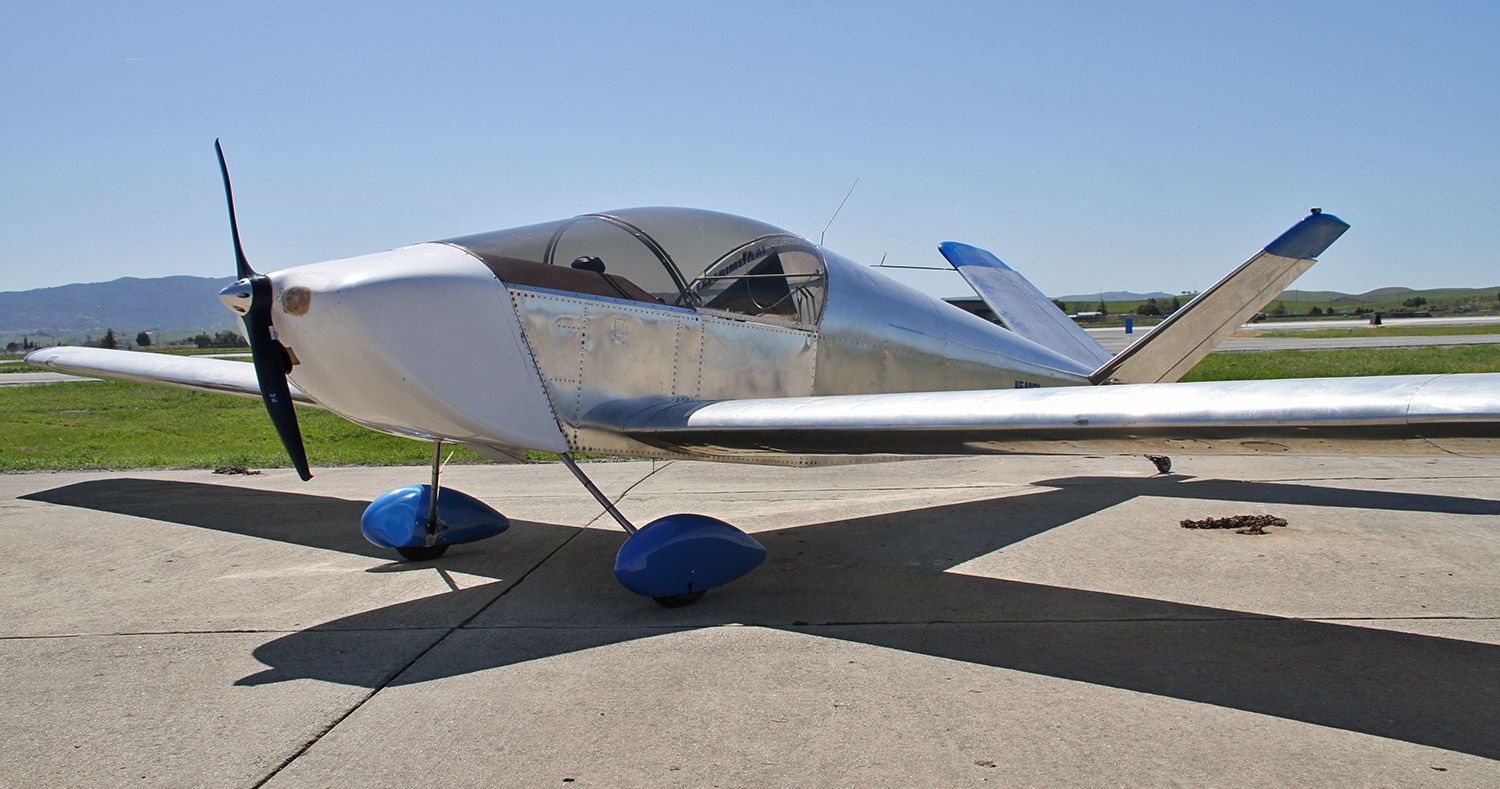
Not sure exactly what to expect as we settled into the cockpit with DeVault we were quickly blown away as he added power and left the runway just about as quickly as we would have if the airplane had been equipped with the standard AeroVee or Jabiru engine. It flew… like a motor glider! Climb was positive, speeds were more than adequate for the fun soaring mission – we simply had a ball and were impressed by the overall maturity of concept that has been a long time coming.
Obviously, we have a complete report in the works, so consider this but a teaser. We flew a fairly inefficient sport soaring profile, using motor assist whenever we wanted, for 25 minutes and used only 30% of the battery power stored at takeoff. We flew from the best L/D sped of about 60 mph up to the 90’s – and it flew just like the regular Xenos in which we have some time. Yes—he electric Xenos is real!


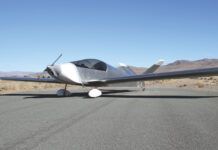
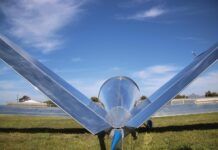
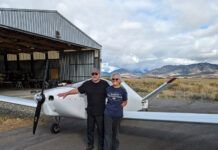
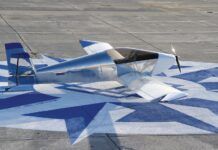
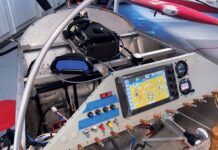

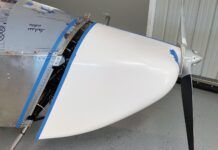

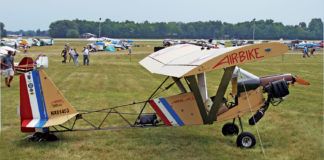
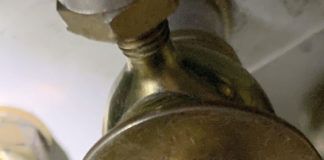
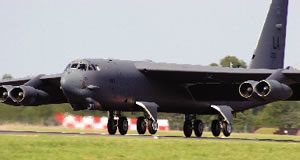
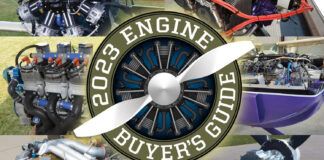
Dude! Thanks for sending me down this rabbit hole on my lunch break… :-). I really like sailplane flying, but getting someone to case me or landing out is not enjoyable. This could work. Please include, in your article, how this aircraft can/may integrate with hangars, taxiways, and an airport just under a Class B shelf. I’d like to know how’d it fit in that environment.
Thanks
Tim,
Sounds like we have similar missions. I’m just under the DFW class B. What about you?
Wes
I still hope to see an electric glider equiped with a variable pitch propeller in order to recharg batteries by circling in strong thermals with its propeller at low pitch acting as a wind turbines as proposed by the late genial Paul MacCredy.
Why not a regenerative e-Xenos
You’ll be pleased to know that according to Gabe DeVault, the Zero power plant package iOS capable of using regeneration, and that capability is going to be explored with the electric Xenos!
Be nice if you gave the MTOW, Empty Weight, HP used, Reduction Ratio used, and Actual Flight Times! Battery Weight, Motor Weight, Controller Weight. All Engines have a Max Continiuos rpm rating, even Electric. Just because it can make 20hp to 75hp doesn’t mean you can turn it making that 75hp Continuously. That Airframe can carry a lot of weight, but more Weight means more hp is needed. Most Part 103 Ultralights and Small Kit Airplane MTOW falls between 450 lbs and 660 lbs, Most Part 103 Ultralights at Max 254 lbs and the Avg Pilot Weight falls between 180 lbs and 235 lbs. 254 lbs + 235 lbs = 489 lbs = 221.8067 kg / 10 kg = 22.18067 Kw needed to Fly Well = 29.74477 hp! An MTOW of 600 lbs needs 36hp, MTOW of 650 lbs needs 40hp.
The Lazair Motor Glider first flew marginally on (2) 5.5hp = 11hp Chainsaw Engines, was soon upgraded to (2) Rotax 185’s making 9,4hp = 18.8hp, and people still weren’t happy with it’s Performance so they put (2) Solo 210’s at 15hp each = 30hp.
The Lazairs Empty Weight with 185’s: 210 lb (95 kg). 450 lbs – 210 lbs = 240 lbs for the Pilot & Gas (30lbs)! So only 210 lbs for the Pilot. When Dale tried to go Electric with (2) 11hp Electric Motors = 22hp, he only got about 35-40 minutes built as a Part 103. He’s a light guy around 160 lbs I think he said.
The Lazairs MTOW is 450 lbs = 204.1166 kg / 10 kg = 20.41166 Kw needed to Fly Well = 27.37249 hp or 13.686 hp per Engine is needed. Even if (1) Engine goes down it still flew on 11hp or less. 11hp @75% Power is 8.25hp.
28hp at xyz@mph
35hp at xyz@mph
40hp at xyz@mph
45hp at xyz@mph
etc!